|
"Foreplay-Longtime" Boston CLICK HERE THE PALEOZOIC ERA 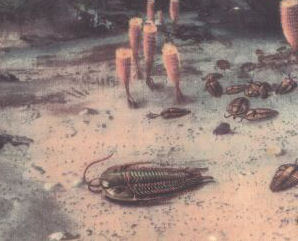 (545-490 million years ago) During this period, most life existed in the sea.The first TRILOBITES appeared at this time,along with Brachiopods (Brachiopods were sea creatures that resembled modern clams but were not related) Plant life consisted mainly of seaweed, and a dry land fungus called lichen   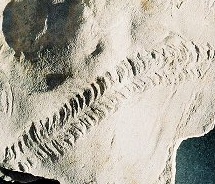  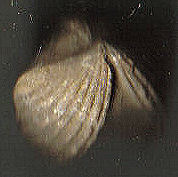 THE ORDOVICIAN PERIOD (490-443 million years ago) Some primitive jawless fish began to evolve, along with the squid-like Orthoceras.Many forms of coral appeared.Crinoids (often called "sea lillies") also evolved at this time.Crinoids are echinoderms which are related to starfish. A large extinction (called The Ordovician-Silurian Extinction) occured near the end of this period.(around 439 million years ago)It was caused by a drop in sea levels as glaciers formed,then by rising sea levels as glacirs melted.25% of marine families and 60% of marine genera became extinct.  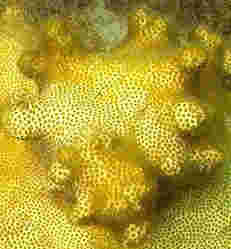 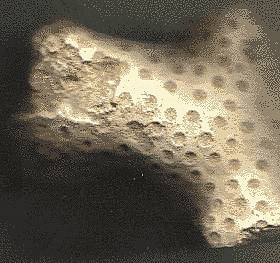 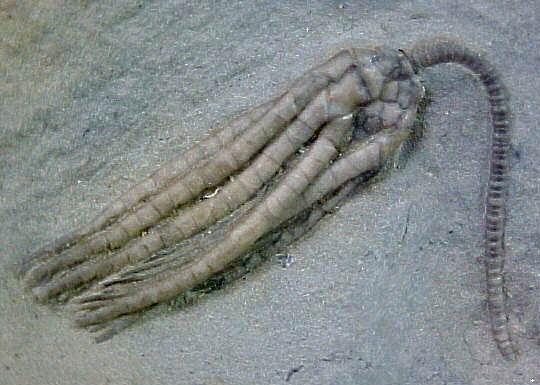 (443-417 million years ago) Eurypterids(sea scorpions) believed to be the first air breathing creatures appeared during this period along with a great number of Bryozoans.Bryozoans were tiny coral type creatures that lived in large colonies.The first land plants also began to grow at this time.   THE DEVONIAN PERIOD (417-354 million years ago) The Devonian Period was also known as "The Age of Fish".Amphibians, Ammonites (a squid-like cephalopod) and the first trees appeared.Sharks and many other fish evolved,along with other sea creatures like the starfish. An extinction occured during this period .(around 364 million years ago)It was called The Late Devonian Extinction.It's cause was unknown.22% of marine families and 57% of marine genera became extinct.Little is known about land organisms from this time.  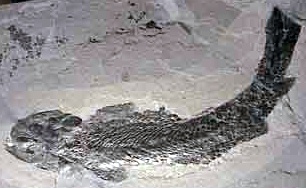  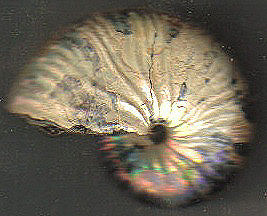   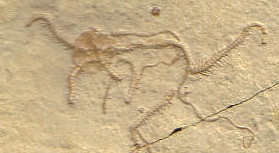 PERIOD (Mississipian and Pennsylvanian Periods) (345-290 million years ago) Reptiles began to evolve from amphibians,and many forms of insects appeared during this period.Trees similar to the modern fern grew worldwide.Sea urchins and many modern forms of Gastropods also apeared at this time.Sea urchins are echinoids and are relatives of the sand dollar,the starfish and the sea cucumber. 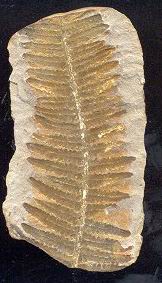   (common sand dollar) 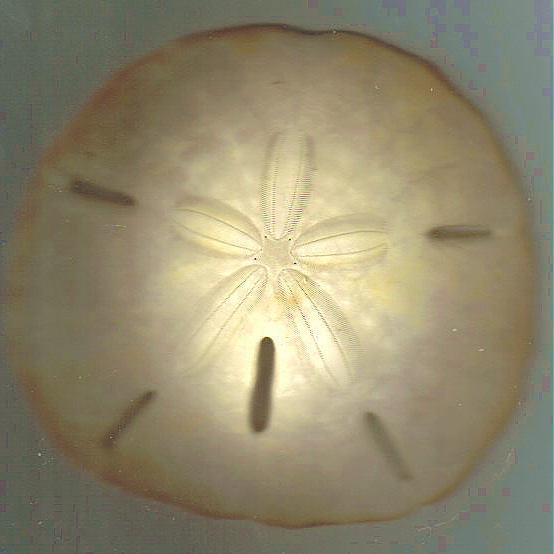 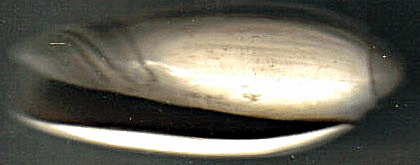   (290-251 million years ago) The evolution of reptiles was well under way, and then 251 million years ago,the largest mass extinction in the history of this planet took place.This extinction was called The Great Permian Extinction.Many scientists suspect the cause of this extinction was the impact of a huge comet or asteroid,although direct evidence of this has not been found.An impact of this type would have caused massive volcanic eruptions, which would have deposited great amounts of lava and ejected enormous amounts of ash into the atmosphere,which would have eventually fallen back to earth and caused the depletion of almost all of the oxygen in the water and on land.As a result of this,95% of all species (including our friends,the Trilobites) 53% of marine families,84% of marine genera, and 70% of land species,such as plants,insects,and vertebrate animals became extinct at this time. Period 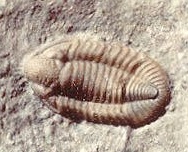  Period 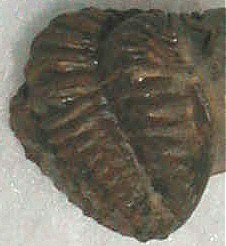 Period 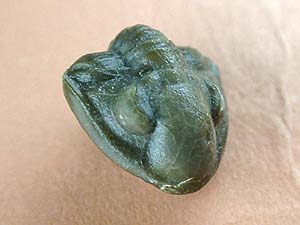 Crinoid (Scytalocrinus disparilis) Bryozoan (Archimedes swallovanus) Ammonite (Hoploscaphites nicolletti) Ammonite (Trilacinoceras hunanense) Brachiopod (Platystrophia acutilirata) Coral (Solenastrea hyades) Brittlestar (Ophiopetra lithographica) Gastropod (Oliva sp.) Gastropod (Turitella sp.) Gastropod (Turitella terebra) Keyhole urchin (Mellita quinquiesperforata) Stromatolite (Collenia sp.) Orthoceras sp. are from"The Mr.B.Bug Collection" Meraspid Sao hirsuta and Cummingella belisama belisama photos courtesy of Michael Kipping Some other trilobite photos from Keiichi Harada's"TRILO-BYTE" "Trilobites.Com" "Hensken's Fossils" "Imhoffossils" an animated version of The Permian Extinction so please give page time to load fully) |
   |
